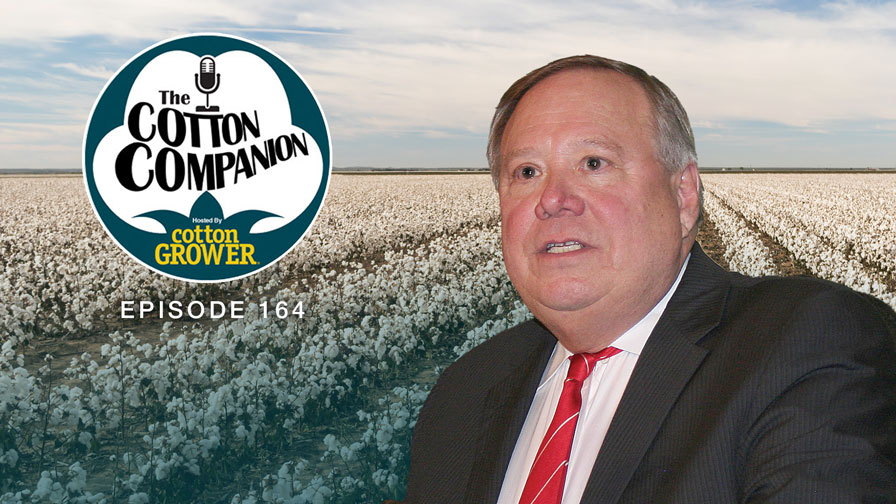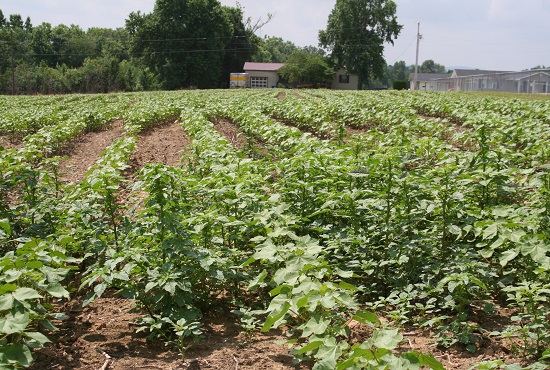2012 Census of Agriculture Reveals Record Sales, New Trends in Farming
According to the 2012 Census of Agriculture, 3.2 million farmers now operate 2.1 million farms on 914.5 million acres of farmland across the United States.
The agriculture census – released in early May – presents more than six million pieces of information that provides a detailed look at the U.S. farm sector at the national, state and county levels.
“Once every five years, farmers, ranchers and growers have the unique opportunity to let the world know how U.S. agriculture is changing, what is staying the same, what’s working and what we can do differently,” said Dr. Cynthia Clark, the retiring head of USDA’s National Agricultural Statistics Service, which administered the survey.
Conducted since 1840, the Census of Agriculture accounts for all U.S. farms and ranches and the people who operate them. The Census shows how American agriculture is changing and lays the groundwork for new programs and policies that will invest in rural America, promote innovation and productivity, build the rural economy and support the next generation of farmers and ranchers.
Key findings from the 2012 Census include:
- Both sales and production expenses reached record highs in 2012. U.S. producers sold $394.6 billion worth of agricultural products, but it cost them $328.9 billion to produce these products
- Three quarters of all farms had sales of less than $50,000, producing only three percent of the total value of farm products sold, while those with sales of more than $1 million – four percent of all farms – produced 66 percent.
- Much of the increased farm income was concentrated geographically or by farm categories. California led the nation with 9 of the 10 top counties for value of sales. The other top states for agricultural sales were Iowa, Texas, Nebraska and Minnesota.
- Eighty-seven percent of all U.S. farms are operated by families or individuals.
- Principal operators were, on average, 58.3 years old and predominantly male. Second operators were slightly younger and most likely to be female. Third operators were younger still.
- Young, beginning principal operators who reported their primary occupation as farming increased 11.3 percent between 2007 and 2012.
- All categories of minority-operated farms increased between 2007 and 2012, with Hispanic-operated farms showing a 21 percent increase.
- 144,530 farm operators reported selling products directly to consumers – up 8.1 percent from 2007.
- Organic sales increased, but accounted for just 0.8 percent of the total value of U.S. agricultural production.
- Farms with Internet access rose from 56.5 percent in 2007 to 69.6 percent in 2012.
- 57,299 farms produced on-farm renewable energy – more than double the number from 2007.
- 474,028 farms covering 173.1 million acres were farmed with conservation tillage or no-till practices.
- Corn and soybean acres topped 50 percent of all harvested acres for the first time.
- The largest category of operations was beef cattle, with 29 percent of all farms and ranches in 2012 specializing in cattle.
“This information is critical to understanding the conditions of U.S. agriculture and determining future policy,” said incoming NASS Administrator Joseph T. Reilly. “This data release is the culmination of years’ worth of planning and work that NASS has made openly available for public use.”
The complete data series and tools used to analyze the Census information are available online.
Source – USDA








